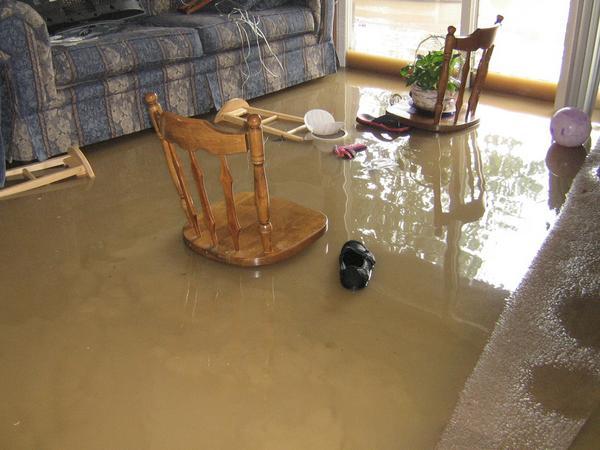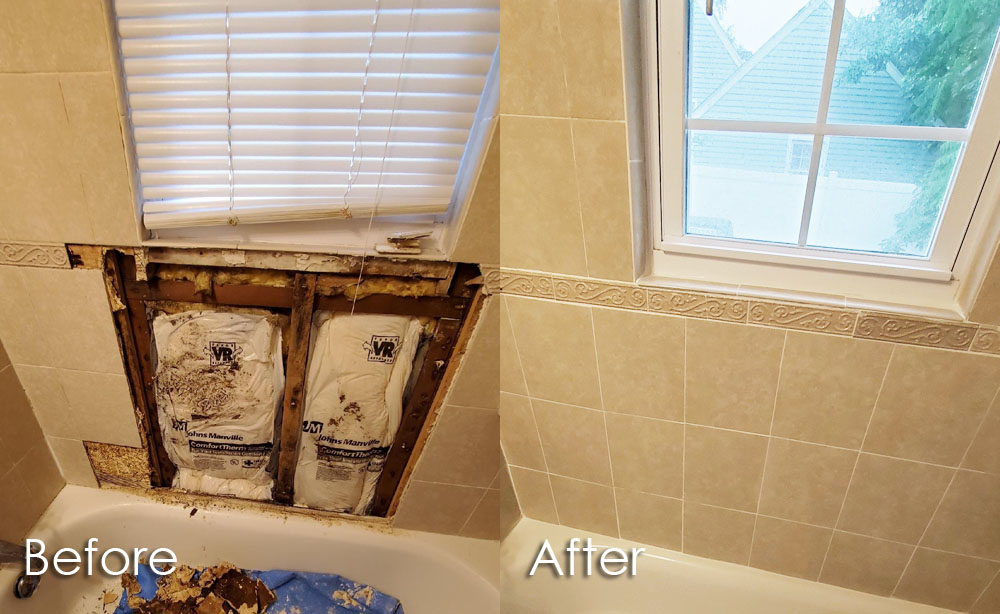The publisher is making a number of great pointers on How to Repair and Prevent Bathroom Water Damage overall in the content in the next paragraphs.

The shower room is incredibly susceptible for moist accumulation and potential water damage due to the constant use water in it. This write-up uses basic assessment methods to assist discovering water damage hazards.
The frequent use water in the washroom makes it very prone for damp accumulation and possible water damages. By checking it frequently, you can reduce water relevant problems.
The complying with set of inspections is very easy to do as well as ought to be done once in every 3 months in order to keep your restroom in good shape and also to avoid potential water problems brought on by the tub, the shower, pipe joints and also plumbing, sinks, cupboards, and the commode
Do not disregard carrying out these inspections and also be extensive while performing them. Bear in mind that these easy inspections can conserve you a lot of cash by supplying early signs for water damage
Sinks and also Cabinets
Sinks as well as cabinets are revealed to wetness and also humidity day-to-day as well as are often ignored. Examine consistently under the sink as well as on the kitchen counter above it. Fix any type of drip in the catch as it may recommend drain problems. Browse the sink, slow draining pipelines may suggest a blocked drainpipe. Change sink seals if they are broken or loosened.
Tub and also Shower
The shower as well as bath tub require unique attention as well as maintenance. Inspect the floor tiles as well as change if broken. See to it that there is no missing cement in between the ceramic tiles. Evaluate and change cracked caulking at joints where the walls fulfill the floor or the tub. Obstructed drains as well as pipelines problems will certainly prevent the tub from drying out and may show serious issues under the bathtub. Talk to a specialist instantly to stop structural damages. Pay attention to stainings or soft locations around the bathtub wall surfaces as they may suggest an inner leak.
Plumbing
Signs for water damage are tough to spot considering that most pipes are mounted inside the walls.
Pay special focus to flooring as well as wall surfaces dampness and spots as they might indicate an unnoticeable plumbing trouble. Examine moisture levels in adjacent rooms as well.
The Bathroom
The commode is a vulnerable water junction. Inspect the water lines as well as look for leakages around the toilet seat, in the hose pipe, and under the water storage tank. If you find any kind of signs of wetness on the flooring around the commode, look for leaks in the toilet rim as well as storage tank seals.
Realize that hanging commode bowl deodorants enhances the possibilities for blockages.
Water Damage Signs In The Bathroom To Avoid Cleanup
Musty smell
This is one of the easiest signs to catch because musty smells are so odorous. The damp, earthy, moldy smell should be a big red flag. The smell will develop when moisture gets trapped in surfaces, and begins to facilitate mold growth. Leaking pipes under cabinets, inside walls, and behind shower fixtures will cause moisture to stay trapped and not dry, which will lead to mold growth and spread. As soon as you notice any musty smells in your bathroom, have it checked for hidden water damage and cleanup signs.
Visible mold
If the smell isn’t there to give it away, sometimes you will actually see mold growth. Finding mold in your bathroom is a serious problem, because mold is very harmful to your health. By the time mold growth is visible, it also means that water damage has already occurred and been present for some time. The only way the mold problem can be resolved is to find the source of the moisture and get it stopped. To safely and adequately remove mold, you need to have professionals handle the remediation. Do not waste any time in getting mold problems addressed, fixed, and sanitized so that you can protect you and your family from the many respiratory symptoms caused by mold exposure.
Damaged floors
Bathroom floors should be able to withstand some exposure to water while still remaining in good condition. However, when excess exposure or water leaks occur, they will begin to damage even the most water-resistant flooring. If you notice any cracking, bubbling, staining, or warping on your bathroom floors, there is probably a water leak somewhere causing the distortion. If you notice areas of the floor have become softer, or even have a spongy feeling, there is probably damage to the subfloor. Subflooring is typically made up of plywood. When plywood is exposed to water or moisture, it will absorb it. Once it has become saturated, the weight of the excess water will cause the wood to swell and soften. Check the floors in your bathroom frequently to catch any of these sings before they lead to damaged subflooring.
Changes on walls
When water leaks behind walls, it will cause changes in the drywall. Peeling plaster, blistering paint, and soggy wallpaper are all good indicators that excess water is building up behind the wall. Water leaking behind drywall will cause it to swell and be soft to the tough. If you start to notice gaps along the trim of your walls, or where tile meets the wall, it could also be a strong indicator that there is a leak behind the wall. Any changes, distortion, or damage on the walls should be evaluated as soon as you notice it to prevent further water damage and cleanup.

Do you really like more info about Preventing Water Damage in the Bathroom? Give a remark down below. We would be glad to know your opinions about this blog post. In hopes that you come back again in the future. Sharing is good. Who knows, you could be doing someone a favor. I praise you for your time. Don't forget to come visit our blog back soon.
Book Your Appointment